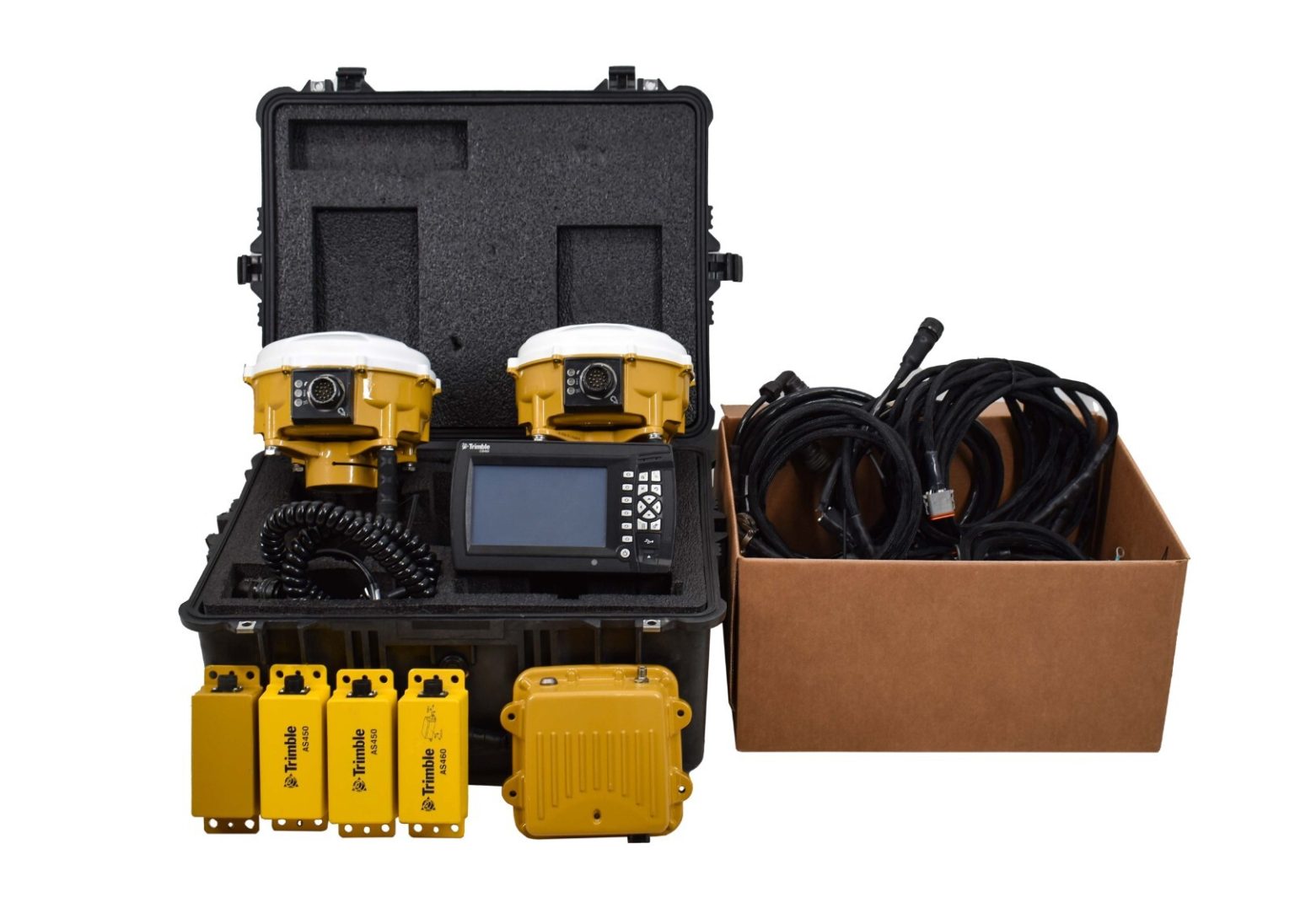In the rapidly evolving construction and agricultural industries, gps machine control technologies have become essential tools for enhancing precision, efficiency, and productivity. With numerous options available, comparing different GPS machine control technologies on the market can help businesses make informed decisions tailored to their specific needs. This article explores the main types of GPS machine control systems, their advantages, and considerations for selecting the right technology.
What Are GPS Machine Control Technologies?
GPS machine control systems use satellite positioning data to guide machinery such as excavators, graders, and tractors. These systems help operators maintain accuracy in grading, digging, or planting tasks, reducing errors and rework. The key benefit is the ability to achieve centimeter-level precision even in challenging terrain.
Types of GPS Machine Control Technologies
When comparing different GPS machine control technologies on the market, three main types stand out:
1. Single GPS Receiver Systems
Single receiver systems use one GPS antenna mounted on the machine to provide positioning data. These systems are relatively affordable and suitable for basic applications where moderate accuracy is sufficient. They are commonly used in small construction sites or farming operations with less stringent precision requirements.
2. Dual GPS Receiver Systems
Dual receiver setups utilize two GPS antennas on a machine to determine both position and orientation (heading). This enhances accuracy and allows for more complex machine guidance such as steering control and automated blade adjustments. Dual systems are ideal for grading, excavation, and earthmoving tasks demanding high precision.
3. RTK (Real-Time Kinematic) GPS Systems
RTK GPS is the most advanced machine control technology available. It uses corrections from a base station or network to provide real-time positioning accurate to within a few centimeters. RTK systems support automated machine functions and allow for seamless integration with 3D design models. This technology is preferred for large-scale infrastructure projects and high-precision farming.
Key Factors in Comparing Different GPS Machine Control Technologies on the Market
When evaluating options, several factors should be considered:
- Accuracy Requirements: Determine the precision needed for your projects to choose between single, dual, or RTK systems.
- Budget Constraints: Higher accuracy systems generally cost more upfront but can save money long-term through reduced rework.
- Ease of Use: User-friendly interfaces and support from manufacturers can impact the system’s effectiveness.
- Compatibility: Ensure the GPS system integrates well with your existing machinery and software.
- Support and Maintenance: Reliable customer service and ongoing support are crucial for minimizing downtime.
Conclusion
The growing variety of GPS machine control options means businesses must carefully weigh their choices. By comparing different GPS machine control technologies on the market, companies can select systems that maximize productivity and cost-effectiveness. Whether opting for a basic single receiver or a sophisticated RTK setup, the right GPS machine control technology will significantly enhance operational accuracy and efficiency.

